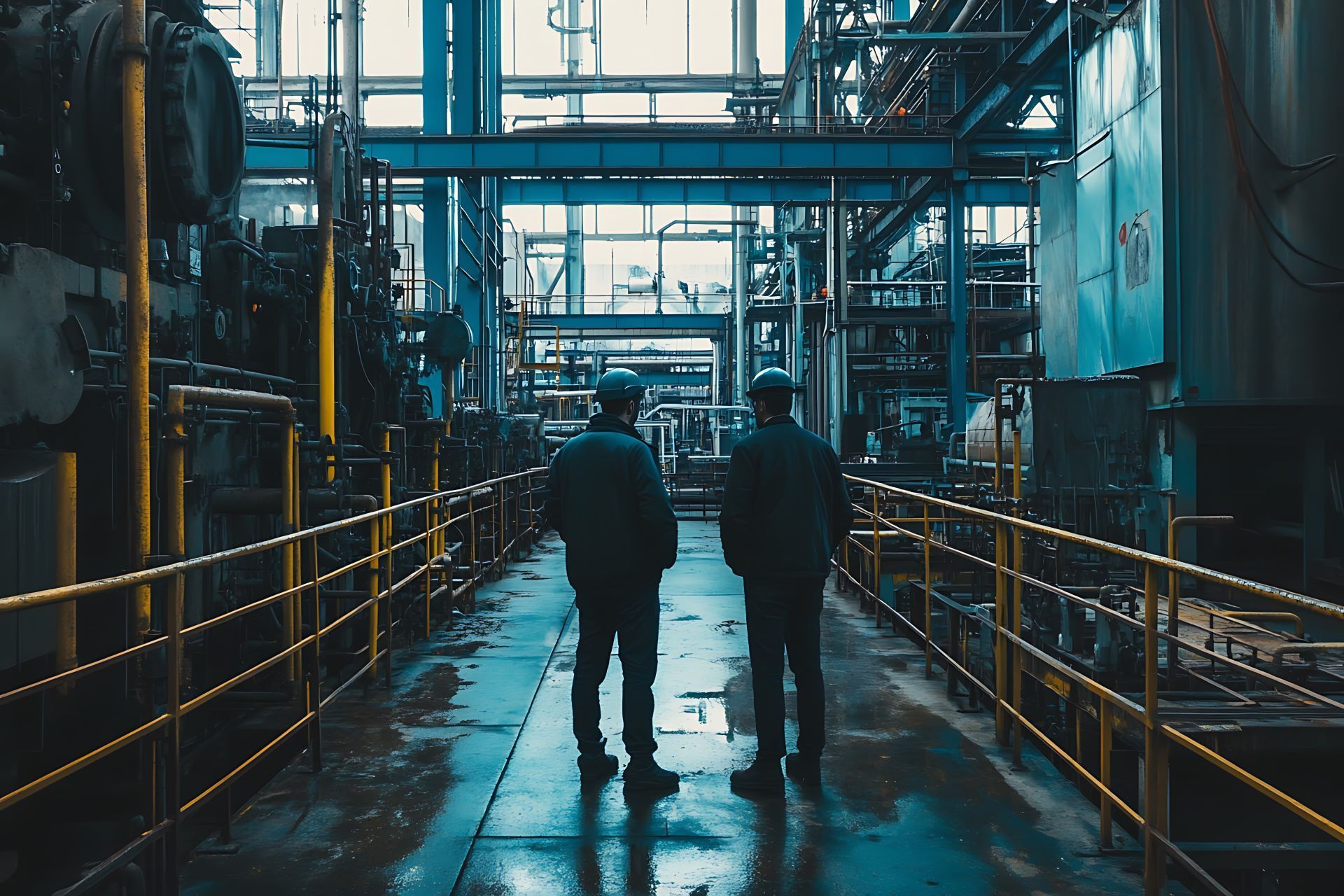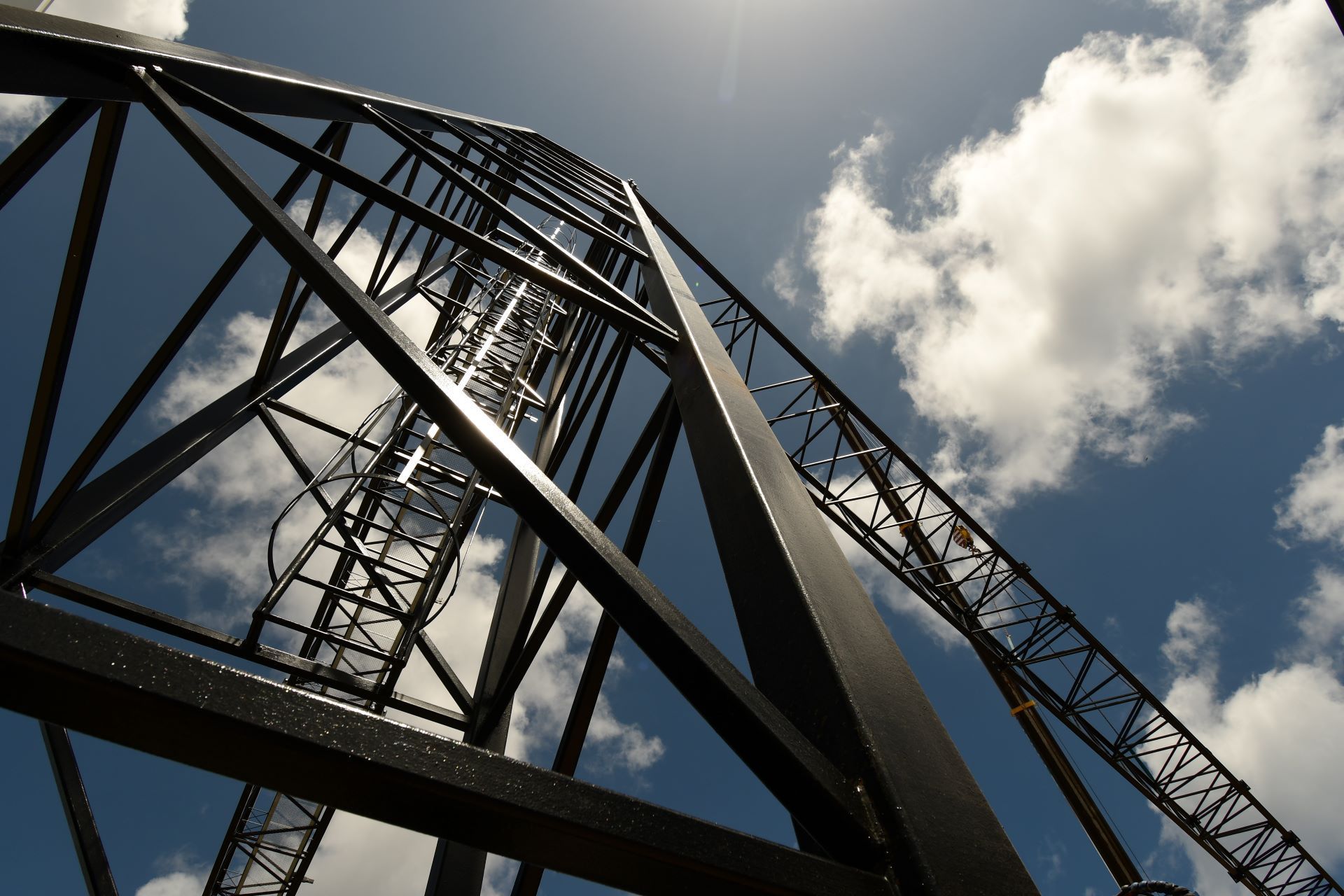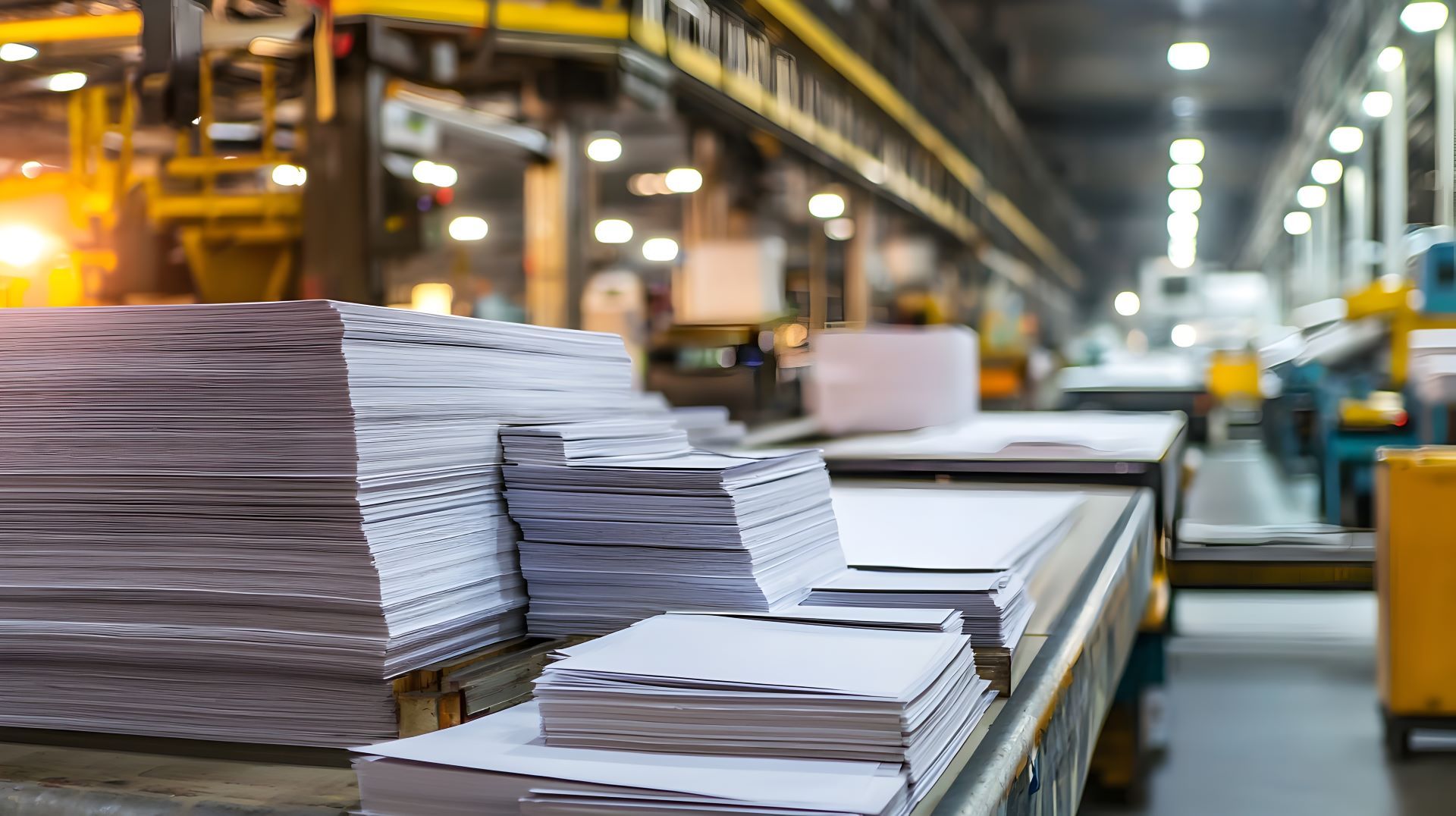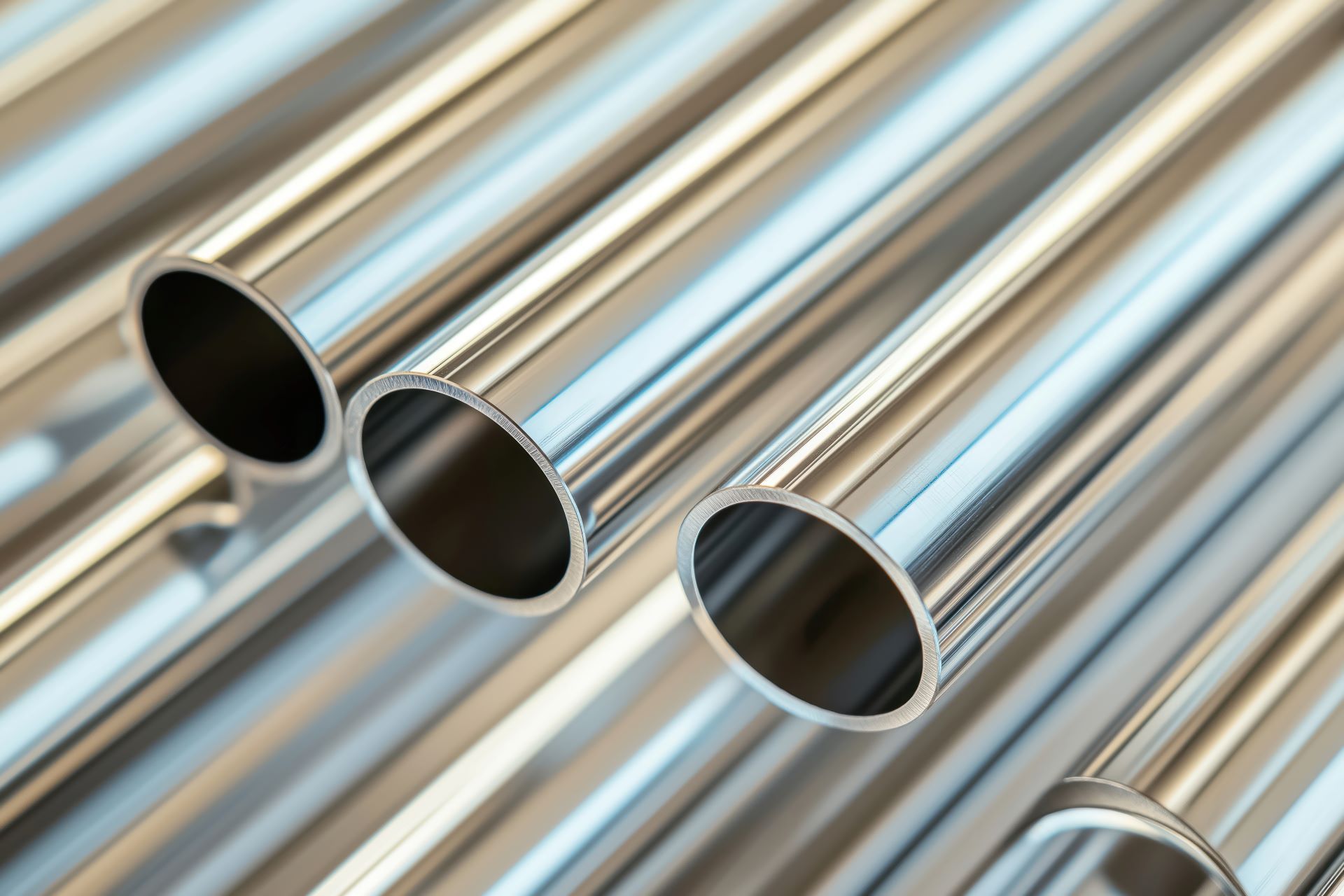5052 vs. 6061 Aluminum: Choosing the Right Alloy for Fabrication
Aluminum is widely used across industries for its lightweight strength, corrosion resistance, and formability. Among the many grades available, 5052 and 6061 aluminum are two of the most commonly specified alloys for fabrication projects. From marine components to structural panels, understanding which alloy fits your performance and processing needs is key to making the right material choice.
At Action Stainless, we supply both 5052 and 6061 aluminum in coil, sheet, and plate form stocked and processed in-house to meet customer demand across sectors like marine fabrication, tank manufacturing, signage, and more. This guide compares 5052 vs. 6061 aluminum in detail and highlights how your fabrication goals determine the best fit.
Understanding 5052 and 6061 Aluminum Alloys
Both 5052 and 6061 belong to different aluminum series and are designed for distinct use cases. Here's what sets them apart at the metallurgical level.
- 5052 Aluminum
Part of the 5XXX series, 5052 is a non-heat-treatable alloy primarily alloyed with magnesium. It’s valued for its excellent corrosion resistance, especially in marine and chemical environments, and offers good weldability and moderate strength.
- 6061 Aluminum
From the 6XXX series, 6061 is a heat-treatable alloy made with magnesium and silicon. It combines higher strength, better machinability, and good corrosion resistance. It’s a preferred option in structural and precision-machined parts.
Comparative Table: 5052 vs. 6061 Aluminum
| Property | 5052 Aluminum | 6061 Aluminum |
|---|---|---|
| Series | 5XXX (non-heat-treatable) | 6XXX (heat-treatable) |
| Primary Alloying Element | Magnesium | Magnesium and Silicon |
| Yield Strength (ksi) | ~28 ksi | ~40 ksi |
| Ultimate Tensile Strength | ~38 ksi | ~45 ksi |
| Corrosion Resistance | Excellent | Good |
| Weldability | Excellent | Good to Excellent |
| Machinability | Fair | Excellent |
| Formability | Superior | Moderate |
| Cost | Lower | Slightly higher |
| Common Forms Available | Coil, sheet, plate | Sheet, plate, bar, tube |
When to Choose 5052 Aluminum
5052 is the ideal choice when corrosion resistance, ductility, and formability take priority over maximum strength. For fabricators working in marine environments, chemical containment, or transport industries, this alloy offers a valuable balance of workability and performance.
Key Applications:
- Marine sheet metal parts and hulls
- Chemical processing equipment
- Fuel tanks and hydraulic tubes
- Exterior signage and enclosures
- Food-grade storage tanks and panels
Because of its non-heat-treatable nature, 5052 aluminum is easier to weld and form into complex shapes without cracking. It's commonly used in sheet metal shops and tank fabrication applications.
At Action Stainless, we supply
5052 aluminum sheet and plate from in-house stock and can cut, shear, or prep materials to your custom specs ensuring better fabrication workflow with minimal waste.
When to Choose 6061 Aluminum
6061 is the go-to option when structural strength, machining, and surface finishing are critical to project performance. With higher strength and tighter tolerances post-machining, 6061 is often selected by fabricators in transportation, aerospace, and general construction sectors.
Common Uses:
- Structural frames and platforms
- Aerospace components
- Machined brackets, fasteners, and fittings
- Mold and jig construction
- Trailer panels and supports
This alloy is also highly responsive to T6 tempering, which enhances hardness and mechanical strength. For high-load or high-speed machining projects, 6061 often performs better than softer aluminum alternatives.
Action Stainless carries 6061 sheet, plate, and bar with fast turnaround on cut-to-size orders supporting large fabrication runs or high-precision CNC prep.
Welding Considerations
Both 5052 and 6061 are weldable using standard techniques, but there are key differences that matter in industrial production.
- 5052 aluminum welds cleanly and holds excellent post-weld strength, particularly with MIG and TIG methods.
- 6061 aluminum, especially in T6 condition, can lose strength in the heat-affected zone unless post-weld heat treatment is applied.
Fabricators without post-weld heat treatment capacity often choose 5052 for seamless welding and corrosion-resistant weld seams. Our team can help you determine the right alloy based on your weld specs and finish requirements.
Corrosion Resistance and Environment
6061 aluminum still offers solid corrosion resistance, especially when anodized, but it’s not as robust in marine or harsh chemical exposures. For long-term use in outdoor or aggressive environments, 5052 is often the more durable solution.
Formability and Finishing
If your fabrication process includes bending, deep drawing, or spinning, 5052 is typically the better choice due to its high ductility and flexibility. It handles forming without cracking or excessive spring-back.
6061 aluminum is less formable and tends to crack under tight bends. However, it responds well to machining and accepts a wide range of finishes from clear anodize to powder coating.
When surface aesthetics matter like polished signage or architectural elements 6061 offers a better surface finish post-machining, especially in T6 condition. Action Stainless can supply both materials prepped for surface treatment or polishing, all done in-house.
Machinability and Tooling
In CNC machining and manual lathe operations, 6061 outperforms 5052. It produces better chip breakage, reduced tool wear, and tighter dimensional accuracy.
5052 tends to be gummy and may generate more heat during cutting, which can slow down production or increase tool wear. For high-volume turning, tapping, or threading, 6061 is typically favored by machinists.
Action Stainless supports machinists with cut-to-length bar and plate options and in-house sawing services that reduce prep time and improve material yield.
Cost and Availability
5052 aluminum is often less expensive than 6061 on a per-pound basis. However, the cost difference can vary depending on form (coil, sheet, or plate), order volume, and processing needs.
In general:
- 5052 is more cost-effective for formed parts or corrosion-resistant assemblies
- 6061 offers better value for machined parts or structural applications
Action Stainless maintains deep inventory in both alloys and offers flexible stocking, fast quoting, and direct customer support to help clients minimize lead times and stay within budget.
How Action Stainless Supports Your Aluminum Needs
We don't just distribute material, we process it in-house, cut it to length, and ensure it meets your specs from start to finish.
- 5052 and 6061 aluminum sheet, plate, and coil
- Cut-to-size services (shearing, sawing, deburring)
- Full traceability and material certs available
- Polishing and prep for fabrication or welding
- Fast shipping from multiple stocking locations
- No third-party outsourcing all work done internally
We help fabricators, OEMs, tank builders, and marine manufacturers get the right material, in the right form, every time.
Conclusion: Choosing the Right Alloy for Your Project
When comparing 5052 vs. 6061 aluminum, your application dictates the right choice. 5052 delivers corrosion resistance and formability, making it ideal for marine and chemical projects. 6061 provides strength and machinability, fitting structural and machined parts.
Partnering with a processor like Action Stainless ensures you get material that’s stocked, cut, and shipped for fabrication-ready performance. We’re here to help you select the optimal alloy for your specs without delays or compromise.






